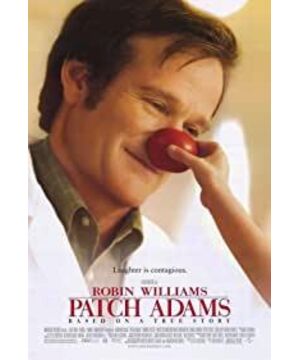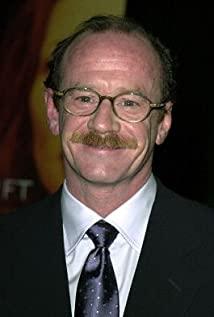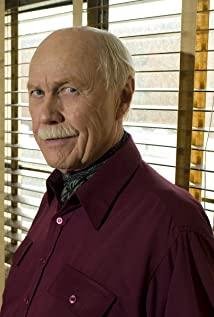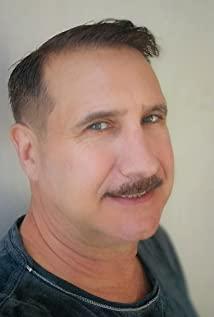This is a film adapted from real people and real events. It is about the protagonist Patch Adams who is passionate about helping patients. He has been practicing his emotional therapy since he was studying in medical school and has opened free clinics to serve the poor. story. The main creators focused the narrative on how Patch Adams did it instead of why it did it. This makes part of the plot in the first 1/3 of the time feel a bit abrupt, but when you slowly look back, accept it from the heart. When Patch is such an optimist who likes to help others, he will gradually feel the warm feeling under the brilliance of human nature.
The first thing that impressed me in this film was the plot in which Patch put enema balloons on his nose in the children's ward, turning the thermometer, the shelf for infusions, and the chamber pot into juggling props. I believe that anyone who has been hospitalized for a long time has experienced that those cold medical devices are frustrating, annoying, and even scary, let alone those children. And Patch makes these immature faces reappear with a smile from the heart, which makes me a little envious of these children, why didn't I meet a doctor like Patch in the first place.
Contrary to medical school educating students not to have feelings for patients, Patch’s theory is to get close to patients as much as possible, and use laughter to alleviate or even cure their illnesses. I don’t know whether this theory is really effective, but when I see When Patch with wings on his back stood by the bed of the painful terminally ill patient, he felt that he was indeed an angel.
People who oppose the system and inherent ideas always have to endure many hardships. What's interesting is that the incarnation of the system in this film, the actor of the hospital dean, plays in another film "Shawshank's Salvation" which interprets the spirit of freedom and challenges the inherent system. In ", he also plays the role of the warden who symbolizes the authority of the system. Since the two films are both from Hollywood, the actor's struggle in the two films can only end in failure.
There are also two familiar faces in the film. One is Monica Potter, who once starred in "Boston Law", who played the female classmate who made Patch's love in this film. Unfortunately, her ending is embarrassing. It is the most tragic ending for people who want to help others. It reminds me of the tragedy that happened in the sixth season of "Emergency Room Story." But for Patch, life still has to go on, helping others will also go on, and will achieve extraordinary greatness because of this.
The classmate who persuaded Patch to return to the hospital was played by Philip Seymour Hoffman. As in many films before that, Philip once again played an unflattering and inconspicuous role, but it can be seen that he played They are very serious and in place. I really admire how he has survived so many years, but perhaps for him who really likes acting, it is also a precious and happy accumulation, and it can even be called the hope itself. And the change in the attitude of the characters he played in this film towards Patch also gives us hope-no matter what method is adopted, as long as everyone’s starting point is kind, they can have a foundation for communication and tolerance, and build a path towards beauty together. Boats on the other shore.
View more about Patch Adams reviews











